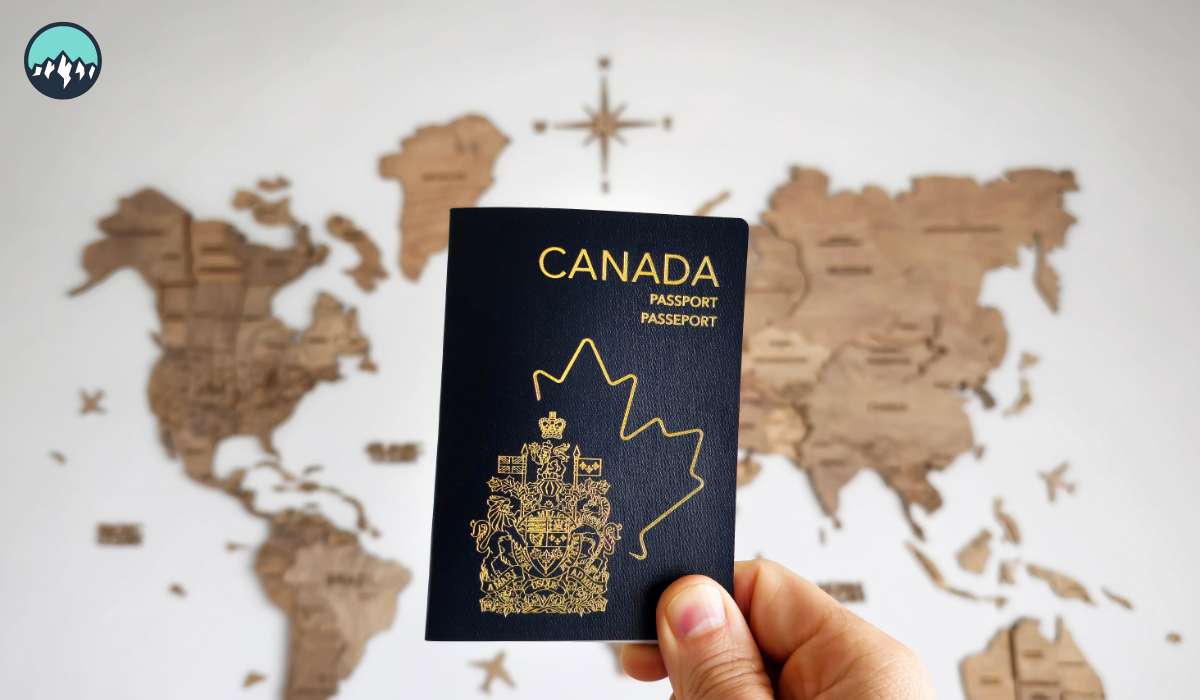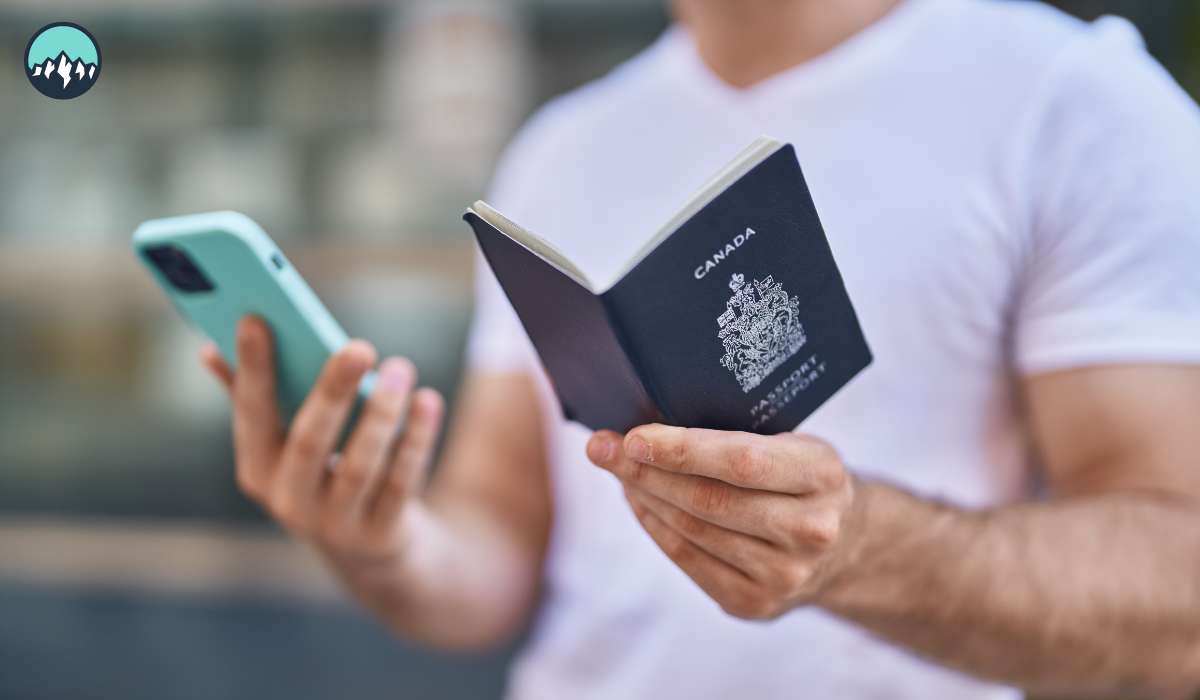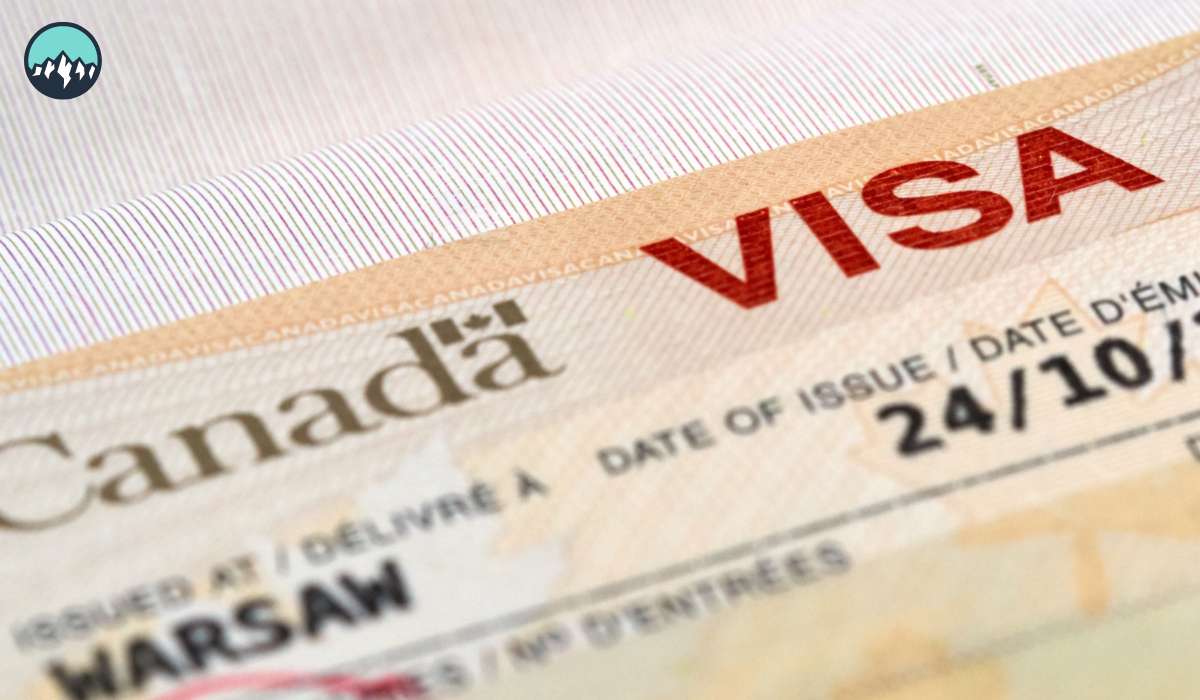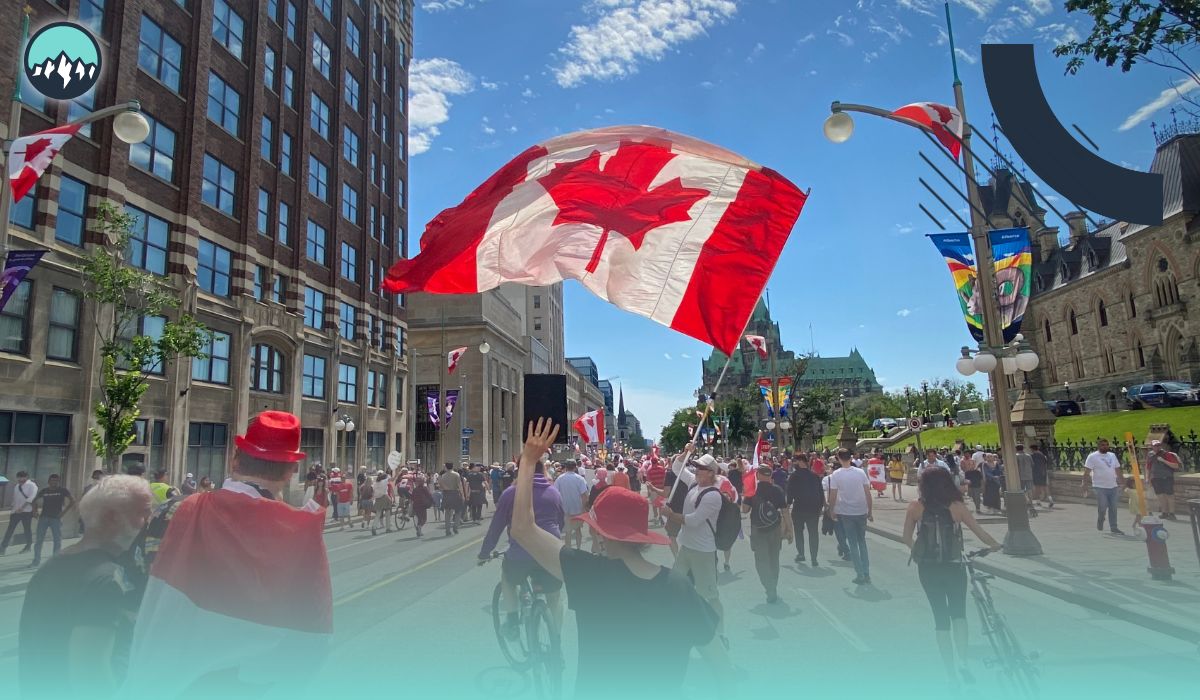Easy Ways to Check if a Canadian Visa is Genuine
15 Jan 2025

Moving to another country is a significant decision that requires careful consideration and extensive planning. Between navigating the complex application procedures, paying substantial fees for Canadian visa applications, and hiring immigration experts to manage your case, discovering that you have received a fraudulent Canadian visa would be devastating.
It's crucial to be aware of the various Canadian visa scams in circulation. Common schemes include fraudsters impersonating government representatives who contact individuals claiming legal violations or outstanding payments. Another widespread deception involves convincing potential immigrants to pay substantial sums for invalid Canadian visas, despite these individuals never having applied for or being eligible for the specific visa category in question.
To safeguard yourself against immigration scams, learn to spot counterfeit websites, suspicious emails, and dubious phone calls and understand the consequences of submitting inaccurate information. Wondering if your Canadian visa is genuine or fraudulent? Fortunately, we provide comprehensive guidance to help you recognize the key differences between visas issued by legitimate immigration authorities versus those from fraudulent sources.
Examine the Typography

A simple method to determine if your Canadian visa is genuine or fraudulent is to compare its typeface with other authentic visas. While counterfeit visas may appear similar at first glance, careful examination often reveals noticeable differences since forgers typically overlook subtle details, assuming recipients won't scrutinize them closely.
When examining typography, also verify that the font remains uniform throughout the document. Fraudulent Canadian visas frequently contain multiple font styles and inconsistent sizes. If you notice either of these irregularities in the visa provided by your immigration representative, exercise extreme caution, as there's a high probability that your document is inauthentic.
Check for Mistakes in French Text
English and French serve as Canada's official languages. This allows you to submit your application in whichever language you prefer. On an authentic Canadian visa, French translations appear alongside English text. While fraudsters may excel at copying visa documents, they often lack proper French language skills, which can result in inaccurate translations of certain sections.
If you believe your visa might be counterfeit, it's advisable to either reach out to the Canadian Government (Immigration, Refugees, and Citizenship Canada or IRCC) or have a qualified Canadian French language expert examine it.
Keep in mind that Canadian French has distinct differences from the French used in France or other French-speaking nations. Scammers typically miss this subtle distinction, which can easily expose a fraudulent visa.
Verify Your Visa's Watermarked Last Name
A genuine Canadian visa must display a watermarked last name. What exactly does this indicate? Your visa document should feature a watermark with your last name printed above it. While counterfeit Canadian visas might include a watermarked surname, they typically show the watermark overlaying the printed name instead. Though this distinction can be subtle, you can detect the difference through careful examination.
Verify if the Spacing Below "Canada" Title Shows Incorrect Visa Layout

A genuine Canadian visa displays "Canada" as its header. Counterfeiters frequently overlook crucial details, particularly regarding authentic visa layouts. A common error appears in the spacing beneath the header, which is typically much smaller compared to legitimate visa documents.
This oversight occurs because new applicants generally haven't seen authentic visas before. However, if you notice any suspicious elements in your visa document, seek immediate verification from an expert. You certainly don't want to face the unfortunate situation of being denied entry at Canadian border control due to presenting a counterfeit visa document.
Verify Your Visa Number's Registration on the Official Government Portal
Each visa issued through the Canadian Government receives a unique visa number that cannot be duplicated. To verify the authenticity of your visa or permit, you can access the official government website and verify your visa application's current status.
What Steps Can I Take to Monitor My Visa Application Status?
Submitting your application online, which is strongly advised for multiple benefits, makes tracking your application's progress straightforward. Simply access your profile using your assigned GCKey ID and password. This allows you to confirm that your application has been properly submitted and verify that your visa number matches the records in the government database.
After signing in, follow these two straightforward steps to check your status:
- Select "view my submitted application and profile"; and
- Select "check status and messages."
What Does a Canada GCKey ID Mean?
A GCKey ID serves as a secure credential system (comprising a username and password) that safeguards and enables access to numerous Canadian government services and programs.
How Can I Retrieve My GCKey Username?
When applying through a certified immigration professional, they create your online profile on the Canadian Government website. Consequently, they should maintain your login credentials for tracking your application. If you registered independently but can't recall your login details, there's a simple solution. Click the "Forgot your password?" link and follow the provided instructions. This typically involves answering security questions to confirm your identity.
Note that neither your immigration professional nor the Canadian Government can retrieve your original password. If any visa professional claims this ability, it's a clear warning sign that you're dealing with an unauthorized immigration agent or fraudulent visa organization.
Take Note of the Expiration Date
The expiration date on your visa indicates the deadline by which you must enter Canada. For those with a multiple entry visa, the validity extends either up to 10 years or until one month before your passport expires, depending on which comes first. In contrast, a single entry visa permits just one entry into Canada.
The visa's validity period typically extends to the first anniversary of the principal applicant's initial medical examination. Multiple entry visas remain valid for either 10 years or until one month before passport expiration, whichever duration is less. Single entry visas allow for only one entry into Canada. Any discrepancy between the expiration date and your medical exam's first anniversary could indicate that the visa is not authentic.
To confirm your visa's current status and expiration date, you can access the Check Electronic Travel Authorization (eTA) status tool. You'll need to reference the eTA number provided in your confirmation email to complete this verification.
Examine for Spelling Mistakes and Errors

An authentic Canadian visa must be completely error-free. Inspect the visa thoroughly for any spelling mistakes or other inaccuracies that could suggest it might be counterfeit.
If you obtain a Canadian visa and something appears suspicious, it's always wise to seek another perspective from someone knowledgeable about Canadian immigration and visa procedures. The most suitable individuals to consult are qualified immigration experts such as Regulated Canadian Immigration Consultants (RCICs).
How to Handle a Counterfeit Canadian Visa if You Come Across One
If you believe you have been defrauded in an immigration matter, notify your area's police department and the Canadian Anti-Fraud Centre. If you have received a fake Canadian visa, consider taking these actions based on the available information.
Get in Touch With the Closest Canadian Embassy or Consulate
When you think your Canadian visa may be counterfeit, reach out to the nearest Canadian diplomatic office to document the situation and get guidance. They can determine if your visa documentation is authentic or not.
Report the Fraud
You may submit a report to the Canada Border Services Agency (CBSA). Additionally, you can report any questionable border activities, marriages arranged for immigration purposes, or instances where someone provided incorrect details on immigration paperwork.
FAQs
How do I Determine Whether an Immigration Website is a Scam?
Be wary of websites that require payment for accessing immigration forms and guides, promote unrealistic immigration opportunities, promise guaranteed Canadian entry, lucrative employment, or expedited application processing. These are likely fraudulent sites. To protect yourself from fraud, learn to recognize common scam tactics and report suspicious activities to your local law enforcement and the Canadian Anti-Fraud Centre.
I Received an Email from an Immigration Officer. Is it a Scam?
Keep in mind that IRCC never sends emails requesting confirmation of basic personal details already provided in applications or solicits banking/credit card information for payments via email. Consider an email potentially fraudulent if it arrives unexpectedly, originates from a personal or free email service rather than an official government of Canada "gc.ca" address, or includes unsolicited attachments. If you suspect a fraudulent email, avoid responding to it. You should also notify your local police department and the Canadian Anti-Fraud Centre about such incidents.




